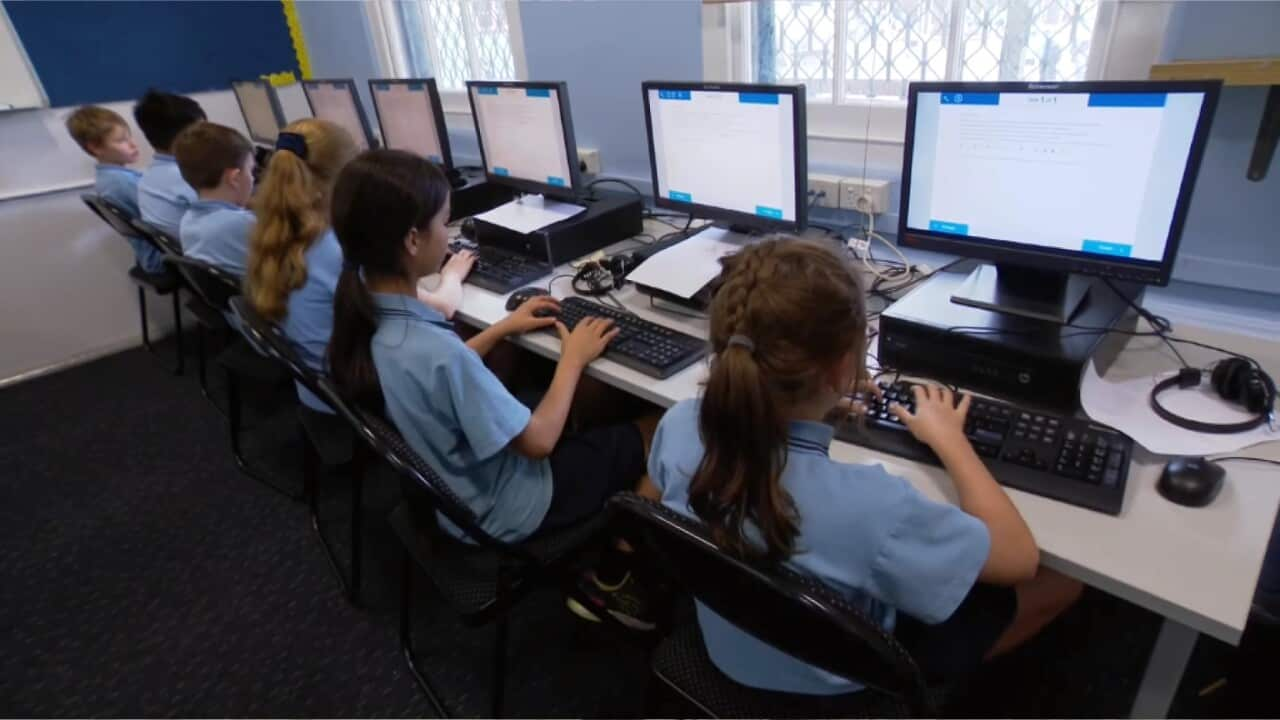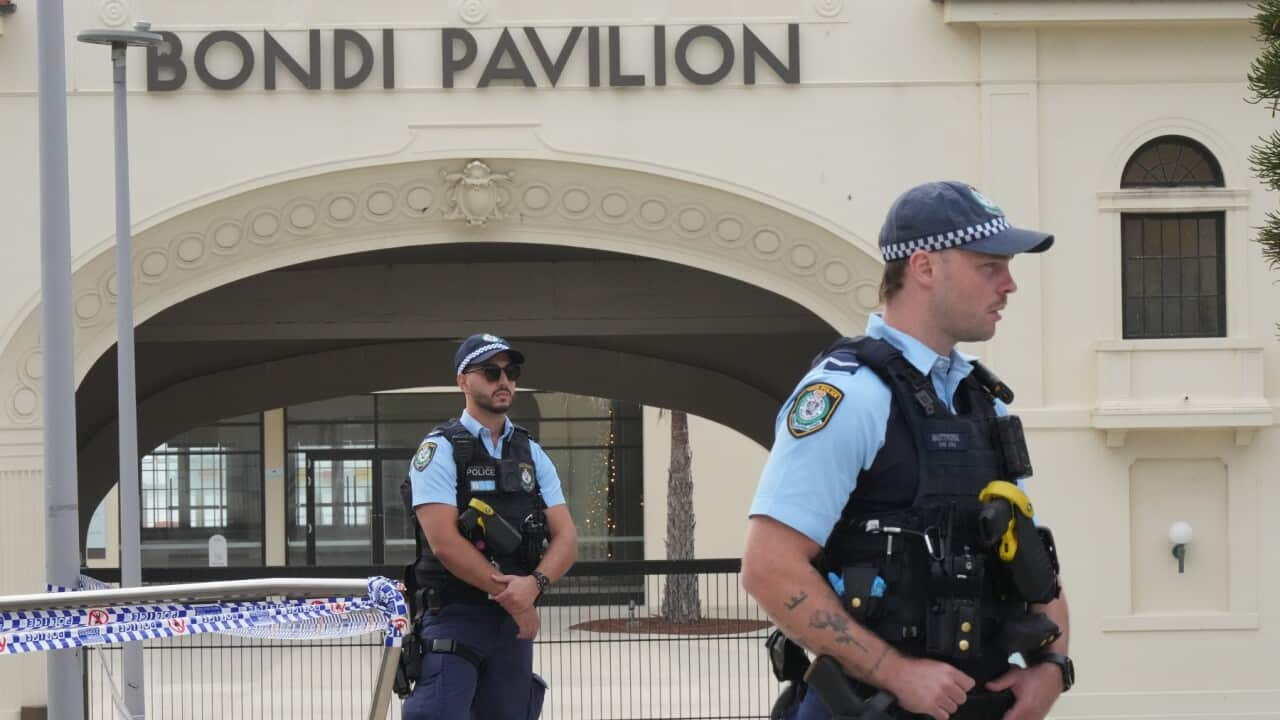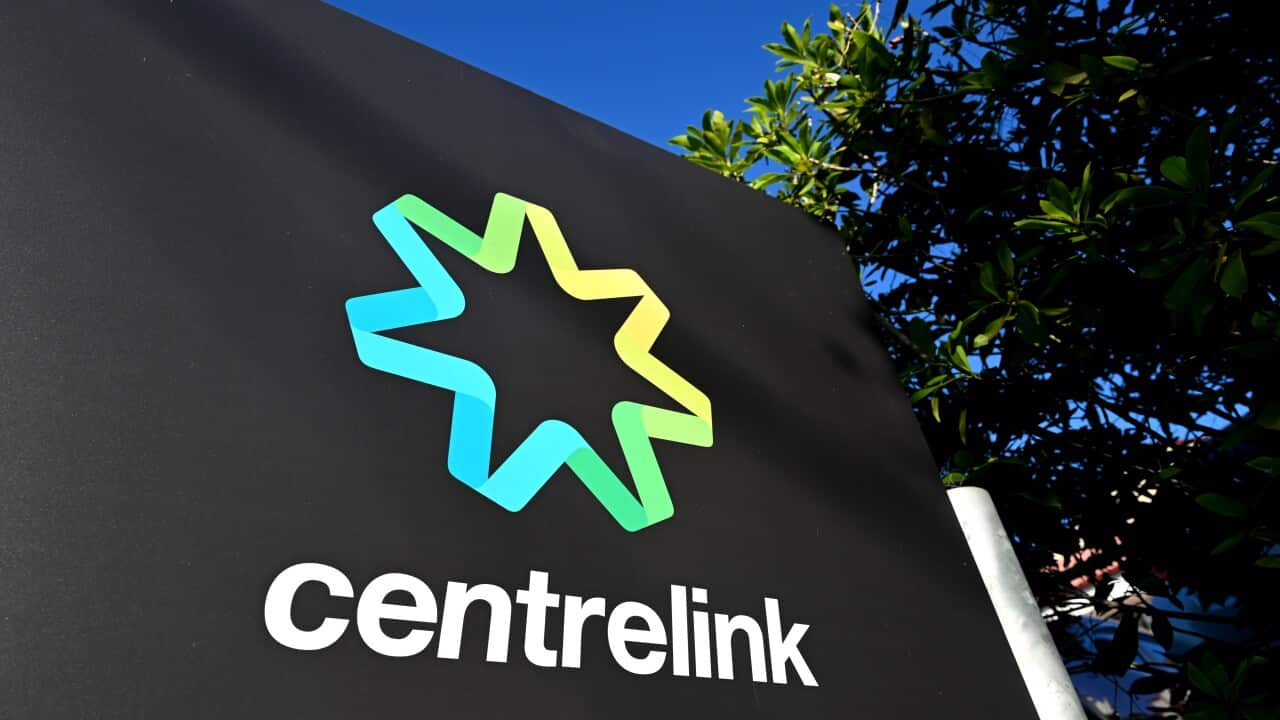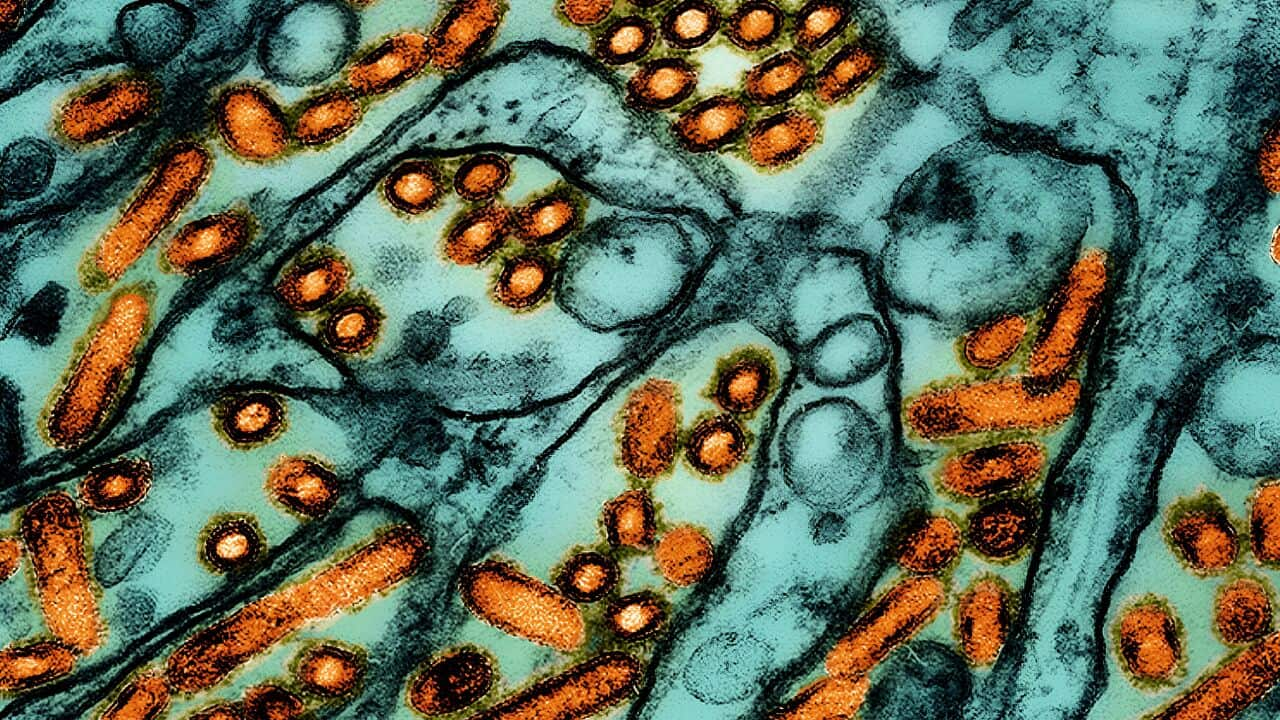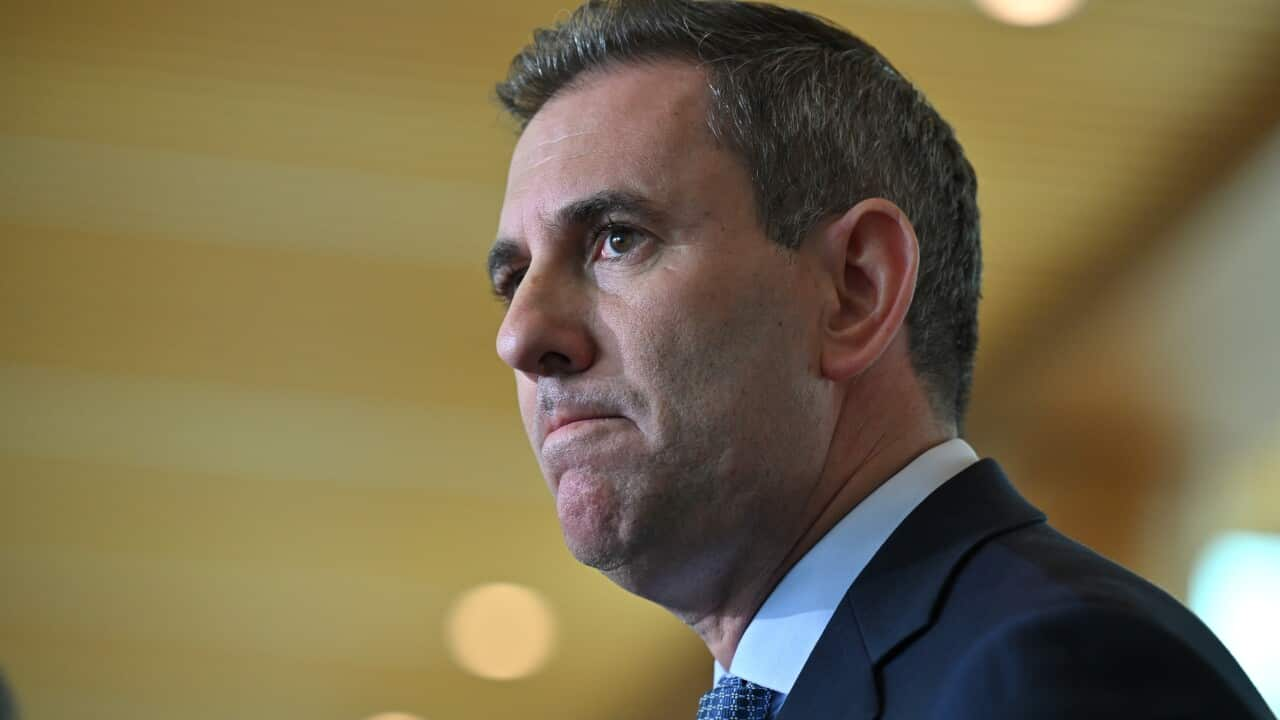TRANSCRIPT
The report-card is in and it shows little to no improvement from last year's NAPLAN results.
This year's tests indicate one in three students across years three, five, seven and nine aren't meeting academic expectations across reading, numeracy and writing.
The Deputy Program Director of the Grattan Institute's Education program, Amy Haywood, says if those education benchmarks aren't met then students will fall more and more behind.
'We should be concerned because that number hasn't really budged since over the last three years of testing and we know it's actually worse for disadvantaged students, so our First Nations students, students whose parents you may not have finished high schools and also those kids that live outside of metro areas in more rural and remote areas of the country.'
Around 10 per cent of students have been assessed as needing extra support to catch up to their peers.
'And that's a really frustrating experience for an individual student and it's pretty demoralising sitting in class feeling like you're not sure what's going on.'
The Northern Territory, a region which has the largest proportion of Indigenous students... has fared the worst in the country.
The results are unsurprising for former Northern Territory school principal Dr Gary Fry.
'Northern Territory has since 2008 when national assessment commenced, has always been on the bottom of the rankings. One of the problems that I've seen for a very long time, has been the lack of Indigenous representation in the key decision making layers of the organisation.'
He says bi-culture education is one solution to improve academic performance.
'The Yirrkala School back in 2021 celebrated eight students who completed year 12 with ATAR scores that allowed them to go into any Australian university, they did so through a two-way bi-lingual program which the community has been driving for many, many years.'
Fiona Longmuir, a senior lecturer from Monash University's School of Education says the results are an annual wake-up call for the sector.
'It is 100% not a good indicator of teaching performance at all, what NAPLAN tells us most years, is that our system is incredibly inequitable, we need more funding, we need more resources and we need more support for our schools and teachers.
The federal government says it has made the biggest investment in public schools ... worth $16 billion over the next 10 years with funding tied to real and practical reforms.
Despite some stagnating results, however, there were some positive take-aways.
Two out of three students were at the 'strong' or 'exceeding' level across all skills while Indigenous students in years 7 and 9 were at the "Exceeding" level in writing and numeracy - an improvement over the past three years.
The Australian Curriculum Assessment and reporting authority described this year's results as broadly 'stable'.
